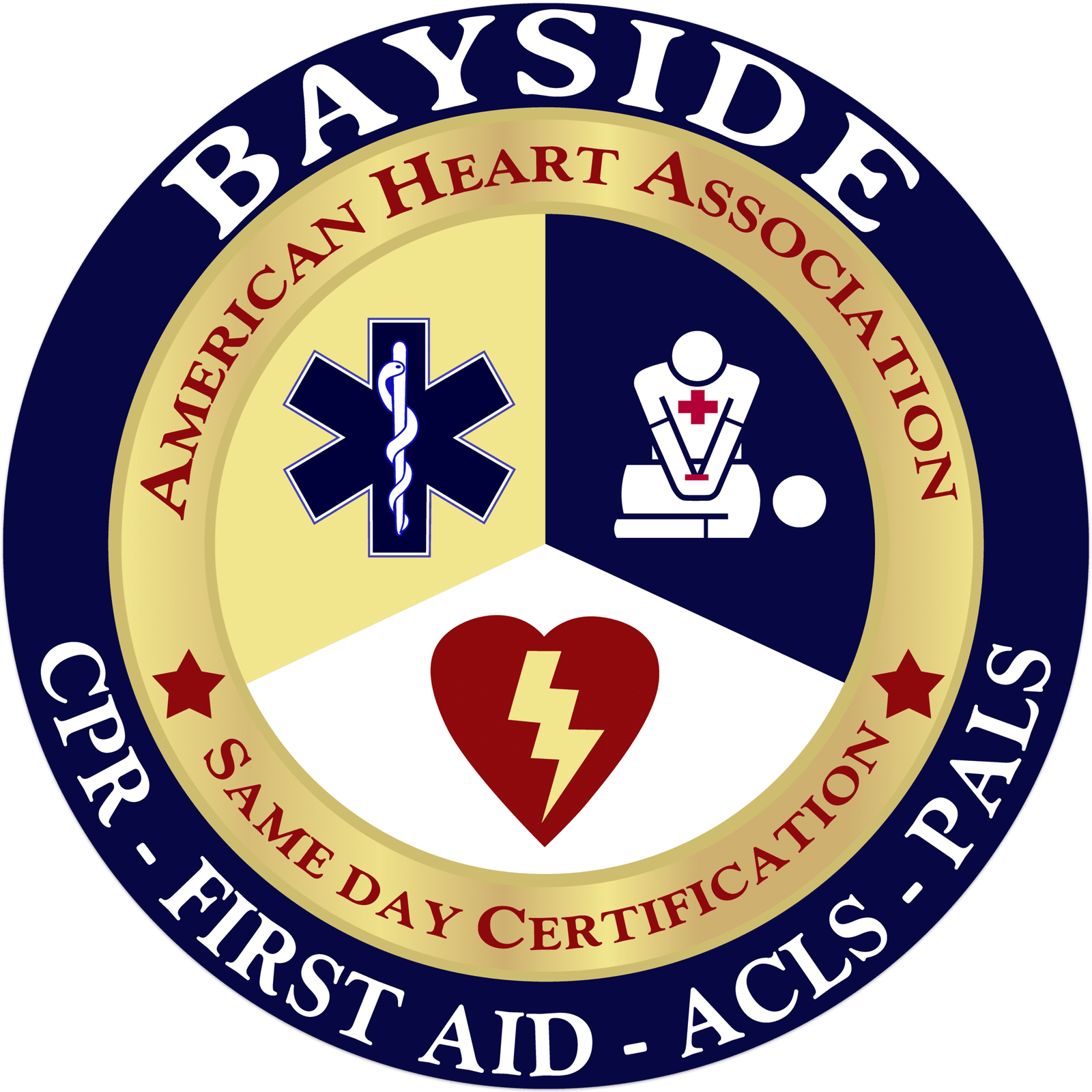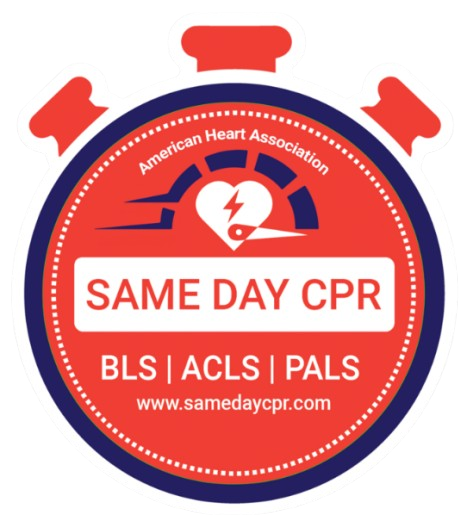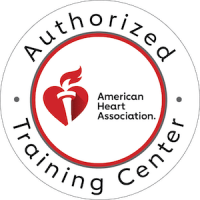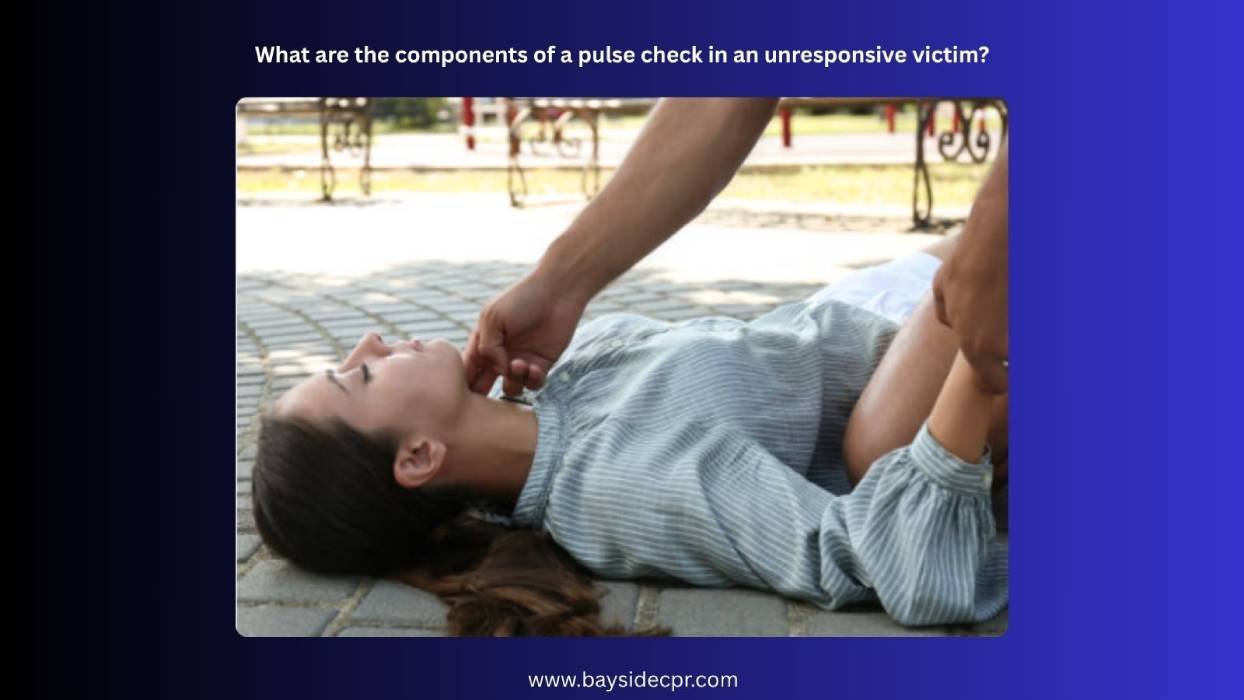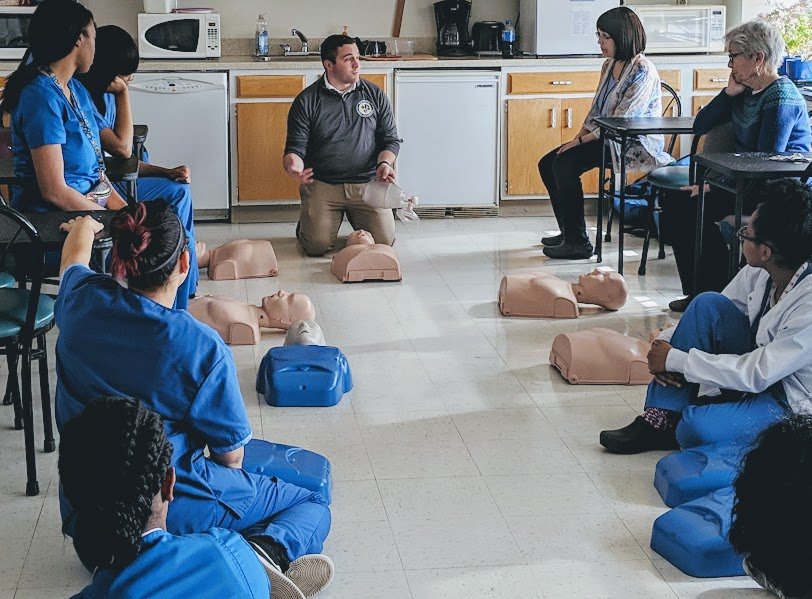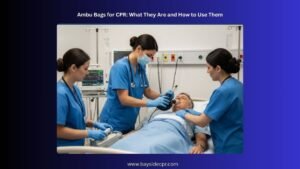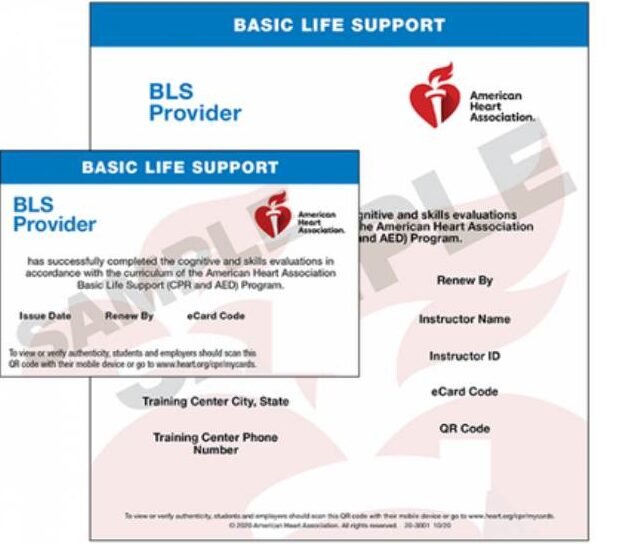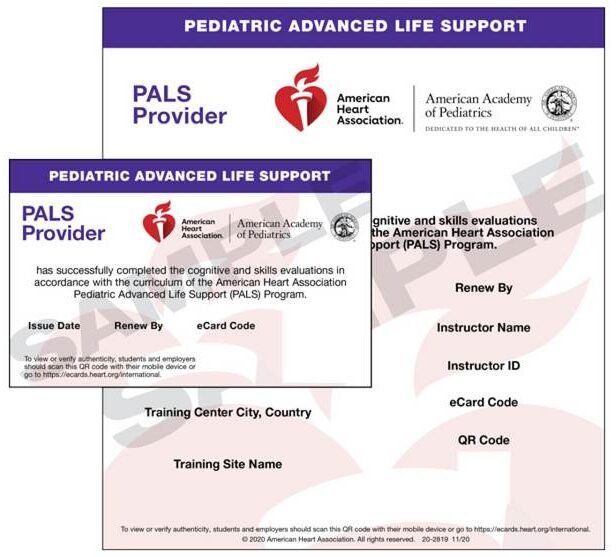When someone is unresponsive, quickly checking their pulse is an essential step in deciding whether they need immediate life-saving treatment. Pulse checks help rescuers determine if the victim’s heart is still beating and blood is circulating, guiding the next actions in their care. Usually, a pulse check is performed during basic life support (BLS) assessments, especially when confirming if the victim requires CPR. It’s important to remember that only trained responders should carry out pulse checks, as improper technique can cause delays or incorrect assessments. Knowing the parts of a pulse check ensures this vital skill is used effectively in emergencies.
Assessing Unresponsiveness
If you come across someone who might be unresponsive, it’s crucial to approach carefully and assess their condition step by step.
- Start by gently tapping their shoulder and shouting their name to see if they respond. Sometimes, a simple shake or loud call is enough to catch their attention and determine if they’re conscious and aware of their surroundings.
- Once you’ve determined they respond, carefully watch to see if they are breathing normally and moving on their own. Checking for steady chest movement and regular breaths can give you important clues about their condition.
- Before checking their pulse, make sure they are truly unresponsive by gently pressing them again or observing for any signs of awareness. This ensures you don’t mistake normal silence or quietness for unresponsiveness, helping you make the right call.
Step-by-Step Pulse Check Procedure
Here’s a simple step-by-step guide to checking a pulse quickly and accurately. Just follow these steps to assess the patient’s heart rate and get ready to act if necessary.
1. Position the Patient
First, gently position the patient on a firm, flat surface to provide stability. Check if their airway is clear and open, and if necessary, carefully manage their head or neck to keep it unobstructed. This helps ensure they can breathe comfortably and reduces the risk of further injury. Stay calm and focused as you assist them, and be ready to update their position or airway as needed.
2. Locate the Pulse Site
Locating the right pulse site is a crucial step in assessing circulation. Here’s where to find the carotid pulse in adults and children and the brachial pulse in infants.
2a. Carotid pulse (Adults/Children)
To check the carotid pulse in an adult or child over one year, gently place your index and middle fingers into the track between the trachea and the sternocleidomastoid muscle on the side of the neck. Apply light pressure until you feel the pulse, and take a moment to count the beats. This simple step helps you determine if the heart is pumping effectively and if the patient needs immediate care. Stay gentle and steady as you feel the pulse.
2b. Brachial pulse (Infants)
For an infant under one year, gently place two or three fingers on the inside of their upper arm, roughly halfway between the shoulder and the elbow. This is where the brachial pulse is located, and feeling for it helps you assess their heart rate. Use light pressure and take your time, making sure to be gentle and careful while checking for the pulse.
3. Check for Pulse (No More Than 10 Seconds)
When checking for a pulse, remember not to use your thumb, as it has its own pulse that can confuse your reading. Instead, use your fingers to feel for movement or pulsation for no more than 10 seconds. Count silently and carefully to get an accurate sense of the rhythm and rate. Keep an eye on the clock to make sure you don’t spend too long. This quick check is vital to avoid delays before starting CPR if required. Also, know about what other serious emergencies CPR may be needed.
Interpreting Pulse Check Findings
Understanding what your pulse check results mean helps you decide the next steps quickly. Here’s how to interpret findings when the pulse is present but the person isn’t breathing, and what to do if no pulse is detected within 10 seconds.
1. Pulse is Present, but no breathing/only gasping.
If you find a pulse but no breathing or only gasping, it’s vital to provide rescue breaths to help supply oxygen to the body.
1a. Provide rescue breaths (1 every 3–5 seconds in children/infants)
If you find a pulse but the child or infant is not breathing or only gasping, it’s important to act quickly. In children and infants, you should give rescue breaths at a rate of about one every 3 to 5 seconds to help oxygenate their blood effectively. Keep your breaths steady and gentle, and remain calm as you assist them.
1b. Provide rescue breaths (1 breath every 5–6 seconds in adults)
For adults with a pulse but no breathing, provide rescue breaths at a rate of one every 5 to 6 seconds. Make sure each breath is enough to make the chest rise visibly, giving them the oxygen they need while you prepare for further care. Stay focused and steady to ensure you’re delivering effective support.
2. No Pulse Detected Within 10 Seconds
If you don’t detect a pulse within 10 seconds, it’s time to start CPR right away. Focus on delivering chest compressions, pushing hard and fast to help circulate blood through the body. Don’t delay; getting the hands-on support moving quickly can make all the difference until professional help arrives. Keep your rhythm steady and stay confident as you perform the compressions.
Common Errors to Avoid While Checking Pulses
Checking pulses sounds simple, but small mistakes can impact the accuracy of your assessment. Here are some common errors to watch out for so you can do it effectively and confidently.
1. Taking Too Long to Check the Pulse
One common mistake to watch out for is spending too much time checking the pulse. Rushing through the process can lead to inaccurate readings, while waiting too long might cause unnecessary discomfort or anxiety. Instead, aim for a steady, gentle palpation for about 15-30 seconds to get an accurate count without making the patient feel hurried or uncomfortable. Keeping a calm and consistent approach helps ensure you get reliable results every time.
2. Applying Too Much or Too Little Pressure
A common mistake when checking pulses is applying the wrong amount of pressure. If you press too hard, you might artificially slow the pulse or even block it from being felt. On the other hand, too little pressure might make it hard to feel the pulse altogether. It’s important to find that perfect balance, gentle enough to feel the pulse clearly without pushing too hard. This way, you’ll get an accurate reading and avoid unnecessary errors.
3. Not Recognizing Agonal Gasps as Abnormal Breathing
One common mistake is failing to recognize agonal gasps as abnormal breathing. These irregular, gasping breaths often happen immediately after cardiac arrest and can be mistaken for normal breathing. However, they are a sign that something is seriously wrong, and it’s crucial to act quickly. Being aware of agonal gasps helps you identify emergencies sooner and respond appropriately, which can make all the difference in a life-threatening situation.
Pulse Check in Special Circumstances
In certain situations, checking the pulse requires careful attention and specific techniques to ensure accuracy and safety. Let’s explore how to approach pulse checks in these special circumstances.
1. Trauma or neck injury considerations
When dealing with trauma or suspected neck injuries, check the pulse carefully and gently, ideally at the carotid artery in the neck. However, it’s important to avoid pressing too hard or manipulating the neck, as this could cause serious injuries. Always prioritize safety and handle the person with care, calling for professional help immediately while monitoring their pulse if necessary.
2. Drowning victims
For drowning victims, time is critical. Check the carotid or femoral pulse quickly to assess circulation, but remember that you may need to start CPR immediately if the pulse is absent. While performing the pulse check, be gentle and efficient, and focus on getting help fast so you can provide necessary resuscitation and support.
3. Hypothermia or shock
In cases of hypothermia or shock, the person’s pulse can be faded or irregular, so check carefully but gently. The pulse may be slow or weak, which makes it important to monitor closely while avoiding unnecessary movement. Staying calm and acting promptly can make a difference as you prepare to provide appropriate care or assist emergency services.
Why CPR & BLS Training Is Vital for Accurate Pulse Checks
CPR and BLS training are essential because they teach you how to perform accurate pulse checks quickly, which can make all the difference in an emergency. During practice scenarios, students learn to stay calm and focused, understanding that the timing and accuracy of a pulse check are crucial for determining if life-saving steps are needed. Reassessing every two minutes ensures that decisions are based on the most current information, helping to guide effective resuscitation efforts. It’s important to remember that checking the pulse isn’t just a routine task; it’s a critical, time-sensitive step that can significantly influence survival chances. The more regularly you practice, the more confident and reliable you become, enabling you to respond effectively when someone’s life depends on it.
